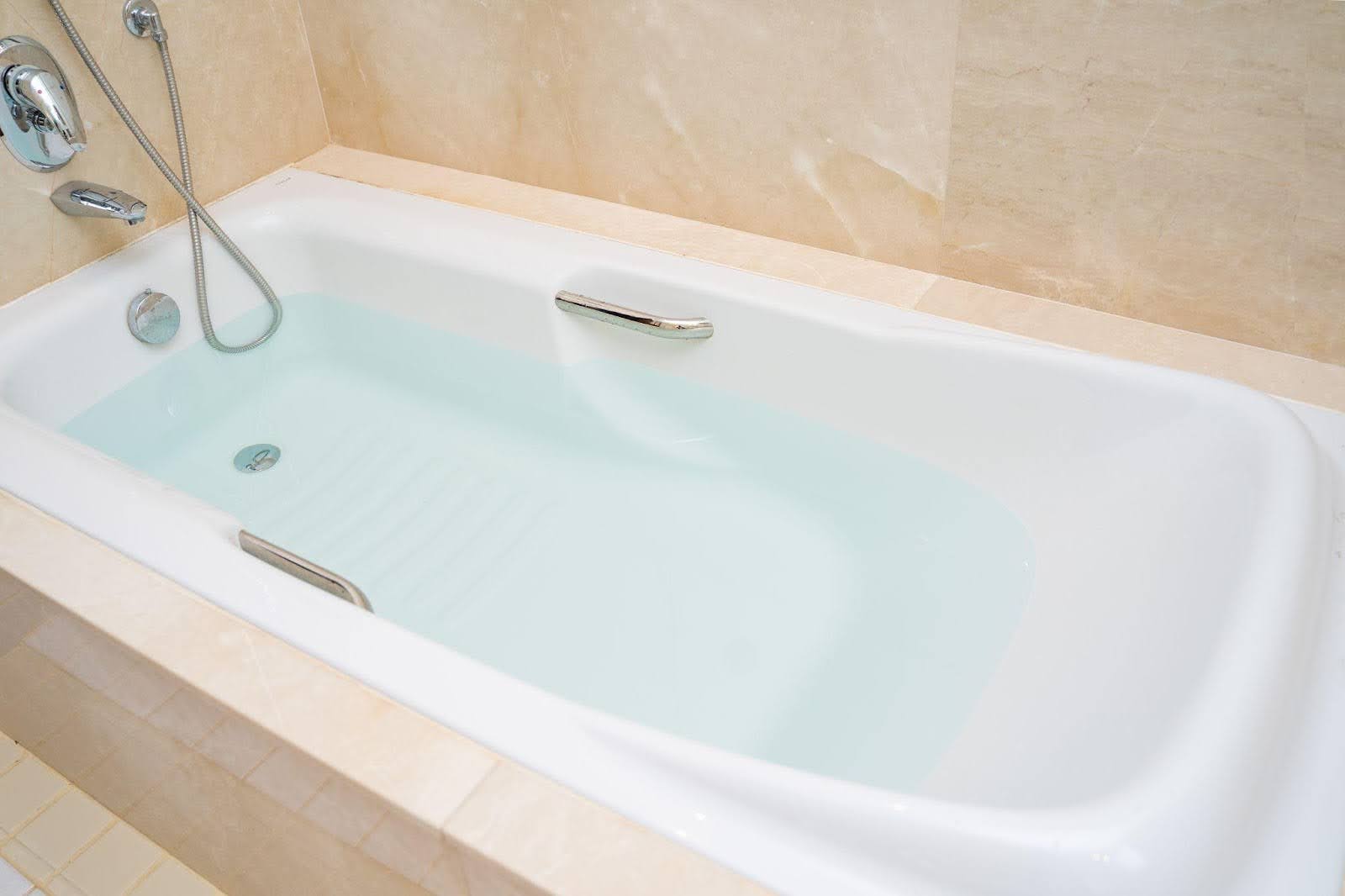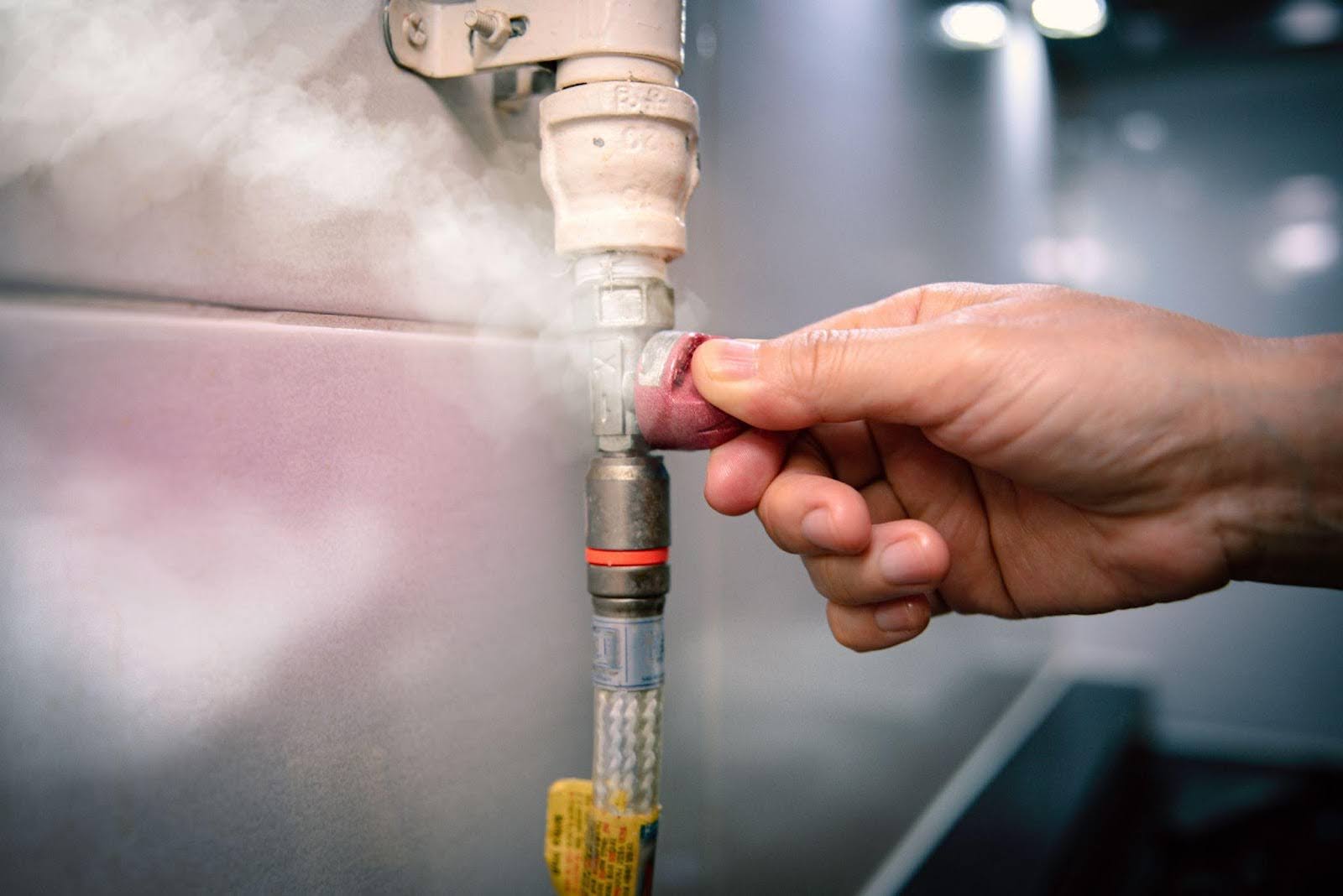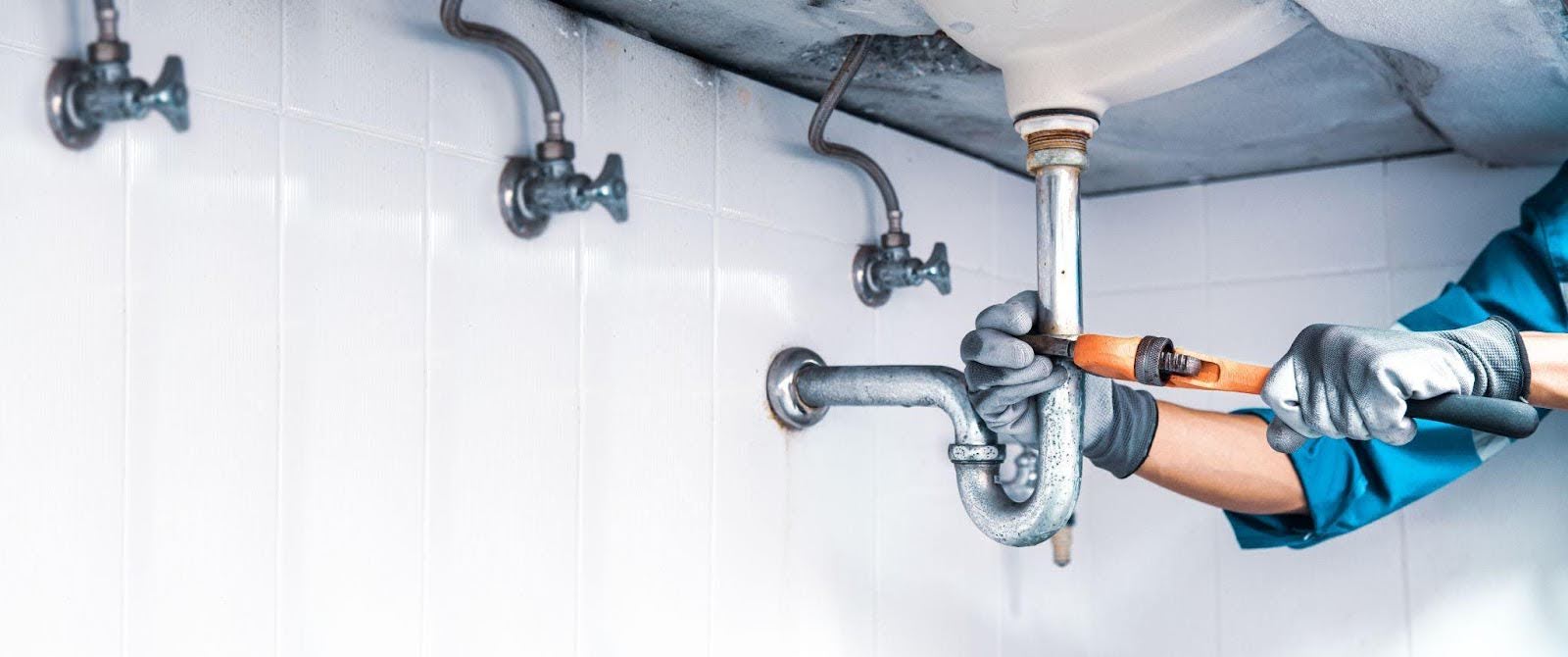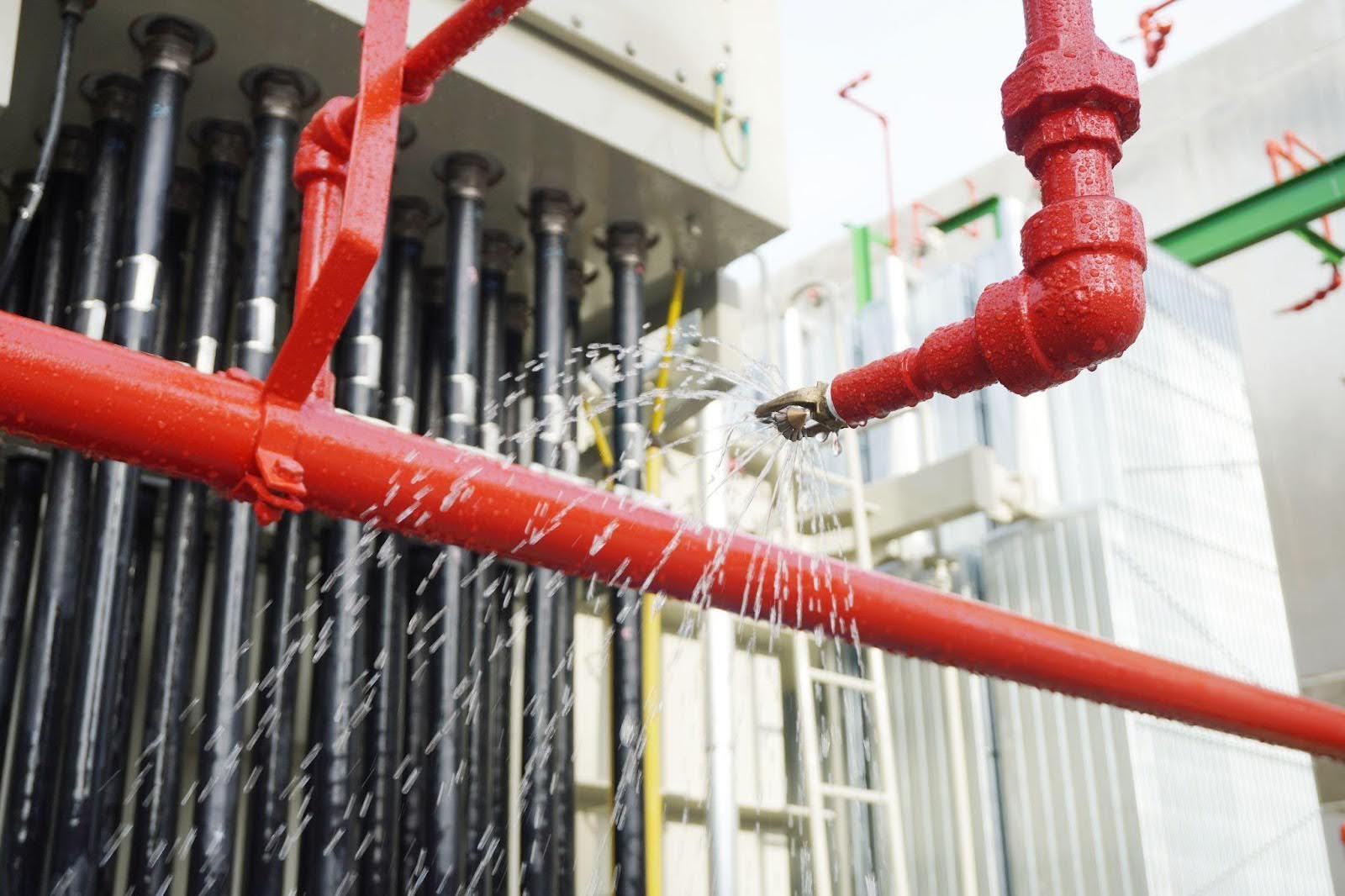A functional bathtub is essential to your daily routine, but when your bathtub is broken, it disrupts your comfort and convenience, leading to more problems if left unchecked.
Recognizing the signs early allows you to address the issue before it leads to further damage, ensuring your bathtub remains a safe and comfortable part of your home.
Let’s explore the common signs that indicate your bathtub may need professional attention.
Common bathtub issues
Bathtubs are essential fixtures in our homes, but they often develop various issues over time. Whether it’s a small crack, a clogged drain, or a malfunctioning faucet, these problems disrupt daily routines.
Cracks and chips
Cracks and chips start small but quickly escalate. Even tiny cracks allow water to seep into the underlying structure, weakening the material and potentially leading to mold growth or further damage. Fixing these issues early prevents more expensive repairs down the road.
Leaks
If you notice water pooling around the bathtub’s base, damp spots on the floor, or an increase in your water bills, you likely have a leak. Leaks damage floors, walls, and ceilings, leading to mold or structural damage. Address leaks promptly to avoid serious problems.
Clogs
Clogs are a common issue, often caused by soap scum, hair, or debris. They slow down drainage or even cause overflow. Left unchecked, clogs turn into severe blockages that require professional plumbing services. Regular cleaning and maintenance help prevent clogs and keep water flowing freely.
Malfunctioning fixtures
Problems with faucets, handles, or drains often stem from wear and tear. A dripping faucet wastes water and raises utility bills, while a faulty handle or drain that won’t open hampers your bathtub’s function.
These issues are usually caused by worn-out parts, such as washers or corroded components, and are often fixed with a quick repair. Regular inspections and timely repairs ensure your bathtub stays fully functional.
Signs your bathtub is broken
Bathtubs are built to last, but they develop issues that affect their functionality over time. Here are the key signs that your bathtub may be broken and in need of repair:
Water pooling around the base
If you notice water pooling around the base of your bathtub, you likely have a leak or structural damage. This could be due to damaged seals, caulking, or cracks beneath the surface. Leaks cause water damage to the floor and surrounding walls, so address the issue promptly to prevent further damage.
Cracks or visible damage
Small cracks, chips, or discoloration on your bathtub may seem harmless at first, but they escalate over time. These visible issues could signal deeper problems that may affect both the bathtub’s function and appearance. Check the bathtub for damage, especially after heavy impacts or when cleaning with abrasive tools.
Low water pressure
If the water pressure is low when filling the bathtub, it could indicate plumbing issues. Blockages, corrosion, or a malfunctioning water heater all lead to reduced water flow. If you experience low pressure in other fixtures as well, call a professional plumber to inspect and fix the issue.
Unusual sounds
Strange noises like gurgling, clanking, or bubbling from your bathtub might indicate problems with your plumbing. Gurgling sounds often signal air in the pipes caused by clogs or venting issues. Clanking noises point to loose or damaged plumbing parts. Address these noises quickly to prevent further complications.
Water discoloration
Rusty or cloudy water in your bathtub usually signals plumbing issues. Rust-colored water often means corroded pipes, while cloudy water might indicate mineral buildup or air in the pipes. If the discoloration persists, contact a professional to assess and fix the underlying issue to ensure safe water flow.
Assessing the severity of the damage
When you notice damage to your bathtub, evaluating its severity is essential to decide whether you should handle the repair yourself or if you need professional help.
Is the damage superficial or more serious?
Check whether the damage is cosmetic or functional. Small chips, scratches, or surface cracks may seem like minor issues, but they hint at deeper problems. If the damage affects the bathtub’s structure or function, such as water pooling around the base or leaks, it’s time to seek professional intervention.
Evaluate the size of the crack or damage
The size of the crack or damage plays a significant role in determining the repair approach. A hairline crack might be fixable with a DIY kit, but larger cracks or substantial damage could cause leaks that worsen over time. Measure the damage and check whether it could compromise the bathtub’s integrity.
Look for signs of mold or structural damage
Mold growth, water damage, or peeling paint around the bathtub indicates more serious issues. These signs show that the problem has likely spread beyond the surface, potentially affecting the structure underneath. Ignoring these issues results in water damage to the surrounding walls and flooring.
Consider the age and condition of the bathtub
Older bathtubs, especially fiberglass ones, are more prone to wear. If your tub is old or has had multiple repairs, replacing it may be a better option than constantly patching it up. Assess the tub’s overall condition and compare the cost of repairs with replacement for a more efficient and long-lasting solution.
What to do if your bathtub is broken
You can often fix small cracks or leaks with a DIY repair kit. These kits typically include epoxy putty or adhesive tape designed to seal cracks and prevent leaks temporarily. If the damage is surface-level, this quick fix will hold until you arrange for a permanent solution. Be sure to clean the damaged area thoroughly before applying the repair material to ensure it sticks properly.
When to attempt a DIY fix and when to call a professional
DIY fixes work for minor issues, but it’s important to know when to call a professional. If the crack is large or the damage involves structural issues like leaking under the tub, avoid further complications by seeking expert help. Large cracks, persistent leaks, or mold growth require a professional’s expertise to prevent the problem from worsening.
Contacting a plumber: Importance of consulting an expert for major issues
For significant damage, always contact a licensed plumber. Professionals have the experience and tools needed to repair deep cracks, replace damaged components, and address any structural issues.
A plumber will also evaluate whether the damage is part of a larger plumbing issue. When in doubt, calling in an expert ensures a lasting, reliable repair and prevents further problems down the line.
Preventive measures to avoid future damage
Taking care of your bathtub is essential for prolonging its life and maintaining its function. Regular maintenance and proper cleaning help you avoid costly repairs and keep your tub in excellent condition for years.
Regular maintenance: Tips for keeping your bathtub in good condition
Inspect your bathtub regularly for cracks, chips, or leaks. Address small problems immediately to prevent them from worsening. Also, make sure the caulking around your tub remains intact. Re-seal it as necessary to keep water from seeping into the surrounding areas and causing damage.
Proper cleaning: Best practices for cleaning to avoid surface damage
It’s important to clean regularly, but be mindful of the products and tools you use. Choose soft cloths or sponges over abrasive scrubbers to avoid scratching the surface. For daily cleaning, use mild soap and water. Perform a deep cleaning every few weeks, but never use harsh tools that could damage the finish.
Avoiding harsh chemicals: Why using the right cleaning products matters
Harsh chemicals can damage your bathtub’s surface, leading to discoloration and cracks. Stick to gentle, non-abrasive cleaners made specifically for your tub’s material. For tough stains, use a mixture of baking soda and water to safely remove them. Using the right products preserves your tub’s appearance and durability.
Superior solutions from Salisbury Plumbing
When you encounter more significant damage or persistent issues, consult a professional. Salisbury Plumbing is ready to help get your bathtub back in tip-top shape.
At Salisbury Plumbing, our expert plumbers can handle any bathtub repair or replacement needs. Whether you’re dealing with minor cracks or more serious issues, we provide efficient, reliable solutions to restore your bathroom.
Contact Salisbury Plumbing today for a consultation, and let us help you keep your bathtub in perfect working order!








